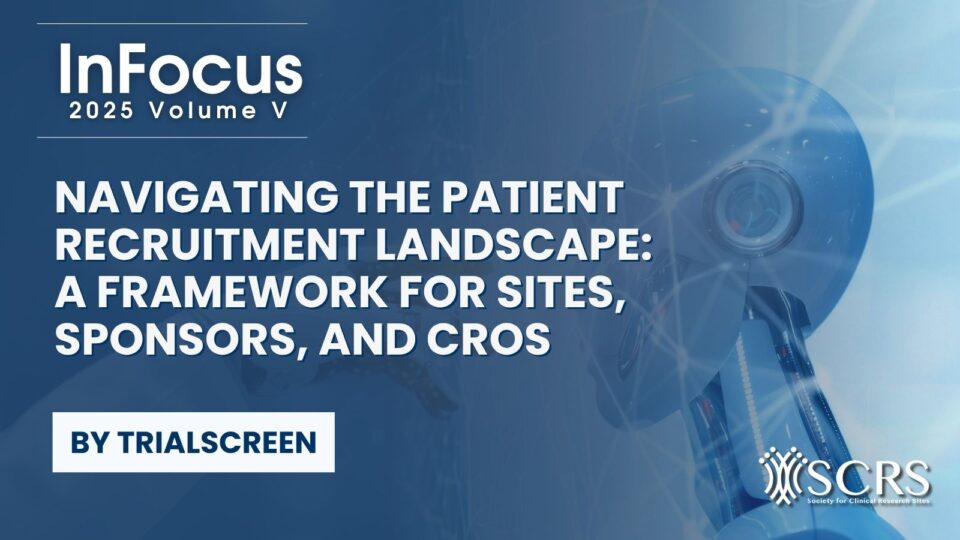Tackling the Great Resignation and Burnout in Clinical Research

By Liz Corcoran, Director, Research Strategy, Teckro
and Jenn Weinberg, Director of Oncology, Teckro
Advances in clinical development continue to drive efficiencies in the numerous and arduous processes involved in executing clinical trials. The changing technological landscape presents many opportunities to streamline further and capitalize on the ability of clinical trial practitioners to do more and do it faster and with greater accuracy. Even with this evolution, timelines are extending, staffing issues are mounting, protocols are becoming more complex, access to patients is more difficult, and costs are rising. As such, many patients still face long waiting periods for potentially lifesaving treatments.
A growth in resignations is leading to a shortage of qualified, experienced staff to conduct and monitor clinical research, resulting in further issues including lengthy onboarding periods. New clinical research staff are often not only new to clinical research itself but may not have the in-depth knowledge of a specific therapeutic area, which adds to the learning curve.
Difficulty filling open site and clinical research associate (CRA) positions is driving a subsequent delay in opening new studies, often leading to delayed or lower enrollment. Studies starting with no assigned clinical research coordinator (CRC) are becoming more common. The rising pressure on clinical trial teams means less time spent on research, less time with patients, and more effort to deal with the administrative, regulatory, and training deliverables.
Experienced CRAs and Study Coordinators Are Resigning in Large Numbers
This burden is carried heavily by CRAs as well as sites. Between Q1 2021 and Q1 2022, the highest number of resignations was among those aged 40-60 with more than 10 years of experience. In previous years, employees in less tenured groups led in overall resignation rates. Between 2020 and 2021, that changed. The current resignation rate of employees with a 5-10 year tenure is 60% higher than in 2020. For employees with a 10-15 year tenure, it was 55% higher in 2021 than in the same period of 2020 (Source: Research & Insights Group Visier Inc 2021).
CRAs and CRCs play a pivotal role in clinical research management and execution. Sponsors rely heavily on both. Yet, while the roles are vital, the jobs are complex, arduous, and demanding. They face long, busy hours to complete time-intensive activities. CRAs are often overburdened and under-resourced. They must use multiple systems, technologies, and communication tools across the clinical trial lifecycle – all of which differ by the sponsor.
Many sites are asking sponsors for help to manage the issue of time and staffing, both to fill the resource shortage and to assist current staff with particularly time-consuming tasks such as data entry, regulatory and filing requirements. However, employing temporary workers is driving unexpected increases in the study’s budget as sponsors are financially responsible for the extra headcount. Hiring less experienced staff also requires further training and site oversight.
Helping Sites and CRAs Work Smarter
The clinical research industry needs to change the current way of working, to be smarter and more efficient with clinical staff time and the activities they are expected to complete. Using technology to smartly drive efficiency and really listening to sites’ requirements will help alleviate problems such as resource shortages. There should also be consideration given to what tasks can be executed remotely vs. onsite to positively impact CRA and site bandwidth. CRA time can be leveraged in more meaningful ways, such as improving site and patient experience.
Sponsors are also being creative in looking for solutions to their resource constraints, but not all make them a better or more attractive partner to sites:
- Outsourcing different tasks to other countries has time zone implications and adds additional study team members who will contact sites for various reasons
- Large and complex study start up teams can result in sites not knowing who to contact with questions or follow-up information
- Outsourcing more roles to a CRO, who is also feeling the pain of increased resignations, can mean multiple turnovers in monitors throughout the course of a trial
- Numerous vendors increase the “noise” and make it more difficult to complete tasks in the most efficient way possible
The increasing number of stakeholders is causing confusion at sites because they are often unsure who to contact. This is causing delays in response and turnaround time to complete tasks. Unfortunately, turnover at sites, CROs and sponsors is negatively impacting study timelines, budget, and ultimately quality.
Reducing CRA and Site Burden
The continuous turnover of site staff and CRAs coupled with the need to do more with less, increases the importance of completing tasks in a timely, efficient manner. Everyone should have confidence that they are using the most current protocol and study reference material, all the while ensuring they have quick access to the correct tools and contacts. Let’s remember, looking for documents for more than a minute is longer than clinical trial staff have to spare!
By streamlining communication, sites get their questions answered quickly. Monitors spend less time fielding site queries, reducing the cyclical rounds of communication. With Teckro, CRAs can monitor site engagement remotely and plan site visits effectively by sending important study updates, revising and refreshing documentation, and reducing the dependency on arduous paper trails – all while in transit.
At Teckro we’ve built a clinical trial hub that delivers efficiency for site staff, monitors and CRAs with a unique integrated solution that helps relieve the burden of clinical trial monitoring, through simplified site communication and site management. Teckro links trial stakeholders to one another, to vital study content, and to meaningful trial data – all at the point of care.
Ultimately, sites and CRAs need to learn to work together in new, smarter ways, to ensure that patient safety is maintained, and study quality is not compromised. As with any other successful relationship, transparency and good communication are key.



